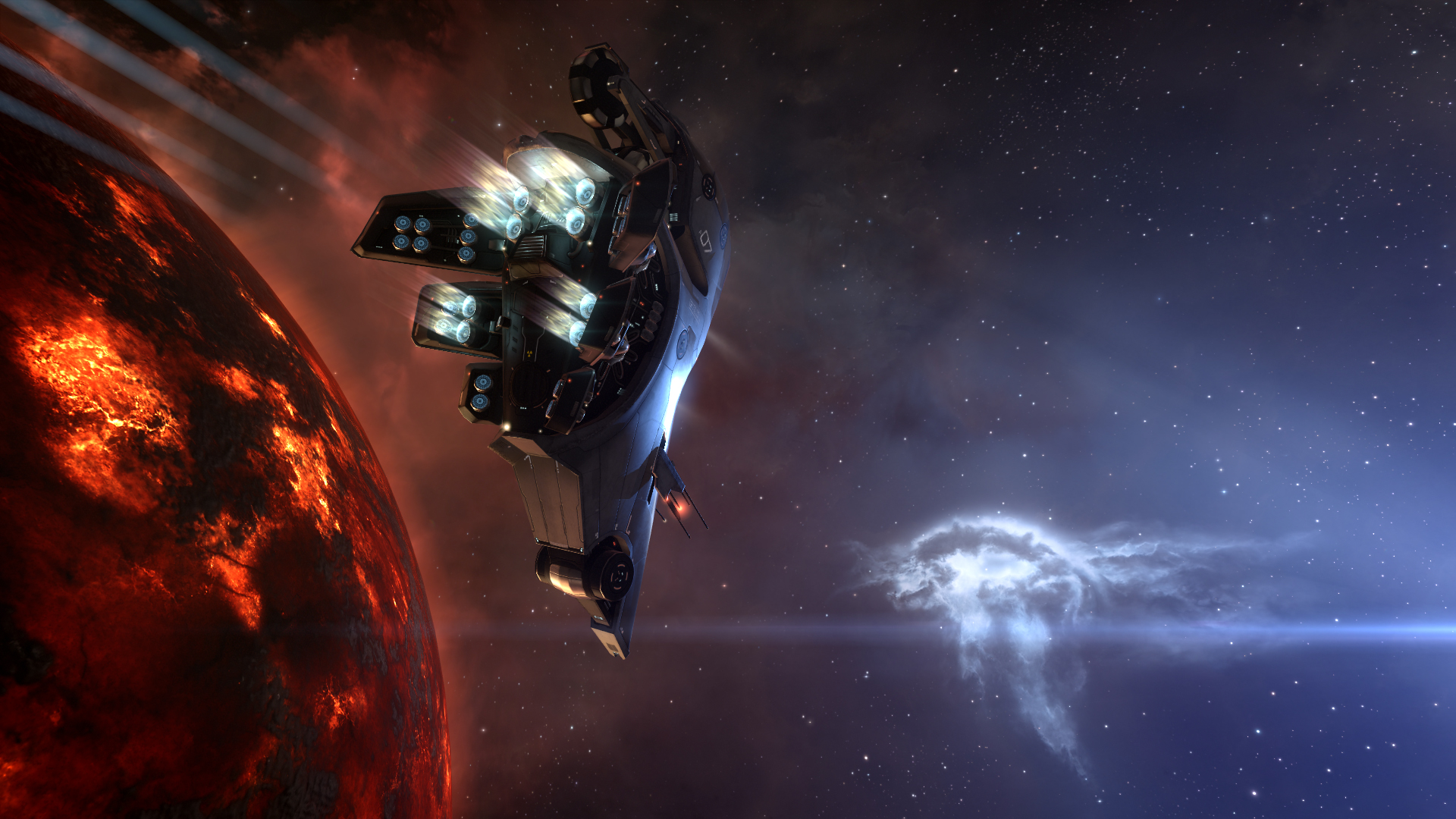
Welcome to the world of infinite power. There's nothing worse than your wireless mouse running out of juice in the middle of game, and now that's something that need never happen to you ever again thanks to Logitech G POWERPLAY Wireless Charging System, which keeps your gaming mouse charged while you’re playing.
It's the world's first wireless gaming mouse charging system. The POWERPLAY base connects to your PC, doubling as a mousing surface – with the choice of cloth or hard surface to suit your preference – and it wirelessly transfers power to the POWERPLAY Module in your mouse, whatever you're doing. So no matter how long you play, you can enjoy the freedom of a wireless mouse without the need to worry about keeping it charged.
POWERPLAY is compatible with Logitech's G903 and G703 wireless gaming mice, and it's available to pre-order now for $99 with shipping included. But are there any games that can live up to the infinite playing time that POWERPLAY delivers? Here are 20 of the best games that you can play forever – or at least, for as long as you can keep up with them.
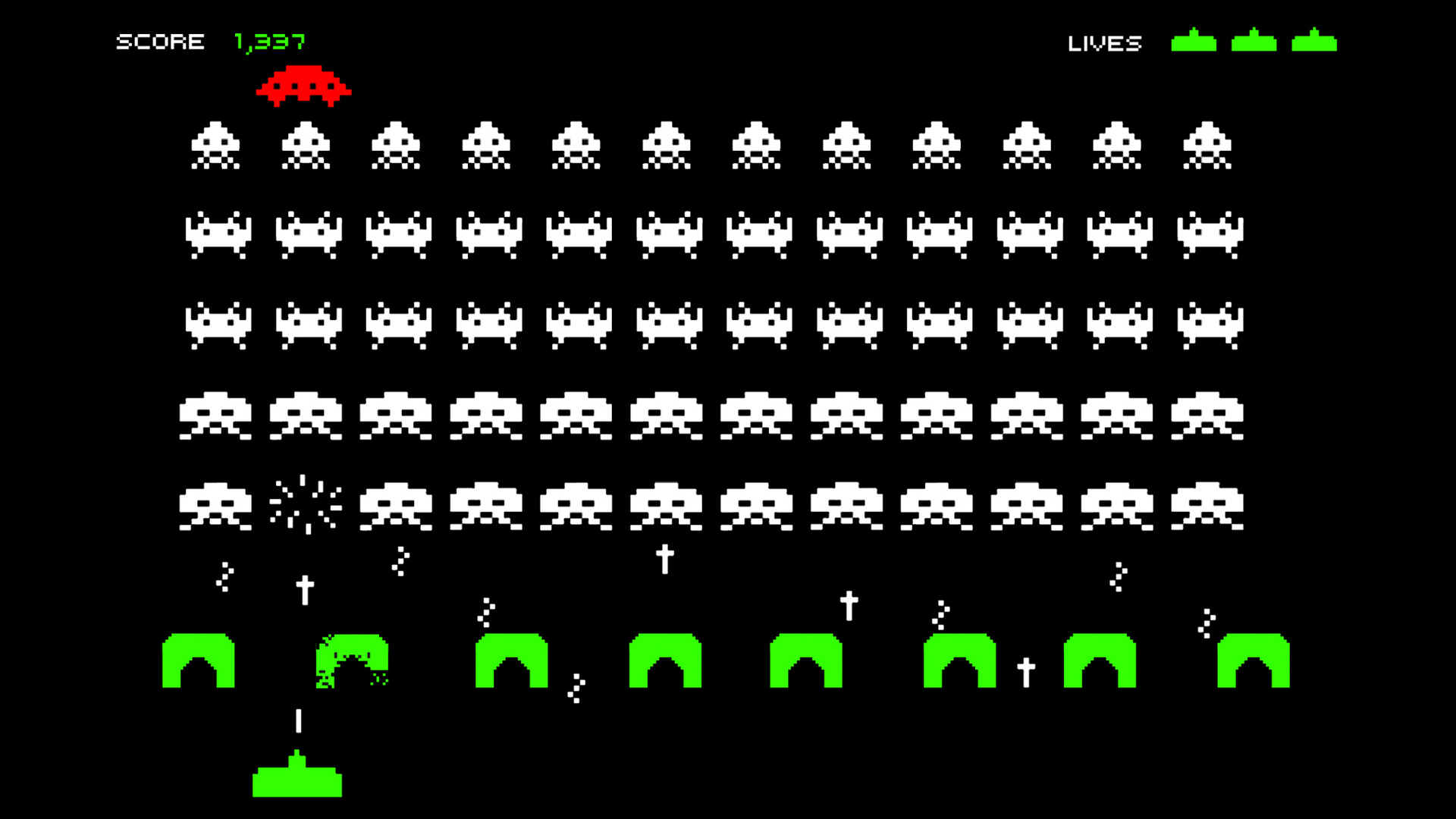
1. Space Invaders
Pong may be the original arcade game but it was Taito's Space Invaders that really kicked off the arcade craze in the 1970s, putting you in charge of a lone laser cannon and pitting you against wave after wave of aliens set on global domination. You can keep on picking them off but the invaders just keep on coming, and while you're clearly not meant to last very long – the score tops out at 9,950 – it's possible to keep on playing until you collapse from exhaustion if you have the skills.
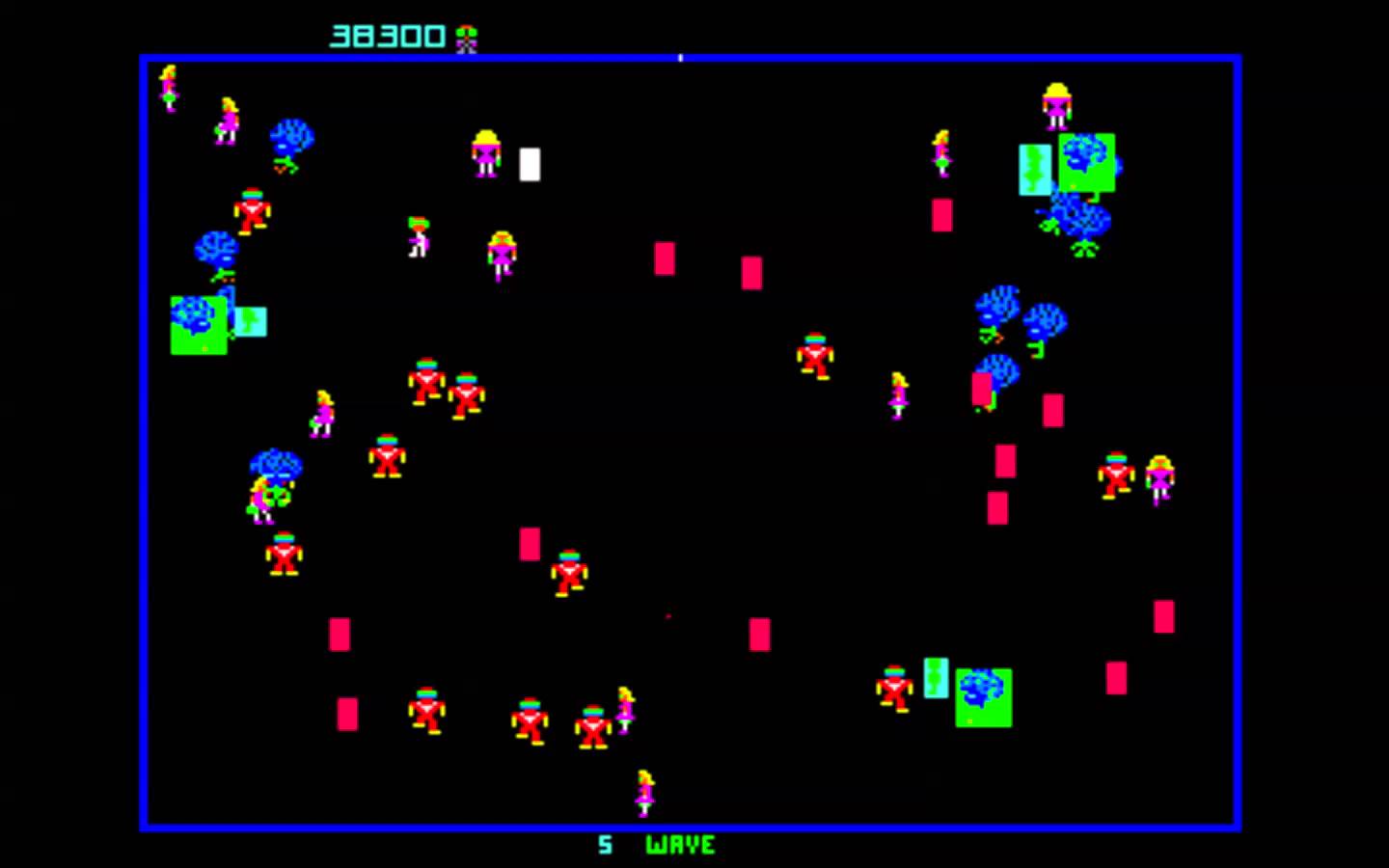
2. Robotron: 2084
With two joysticks – one for movement and one for directing fire – and ever-increasing numbers of homicidal robots determined to kill you, Robotron: 2084 is a hugely challenging and thoroughly punishing arcade classic. It'll chew you up and spit you out in record time, and even once you've learned its ways it can still give you a good thrashing, but with a lot of practice there's no limit to how long you can survive, even when the screen's thick with enemies. Theoretically, at least.
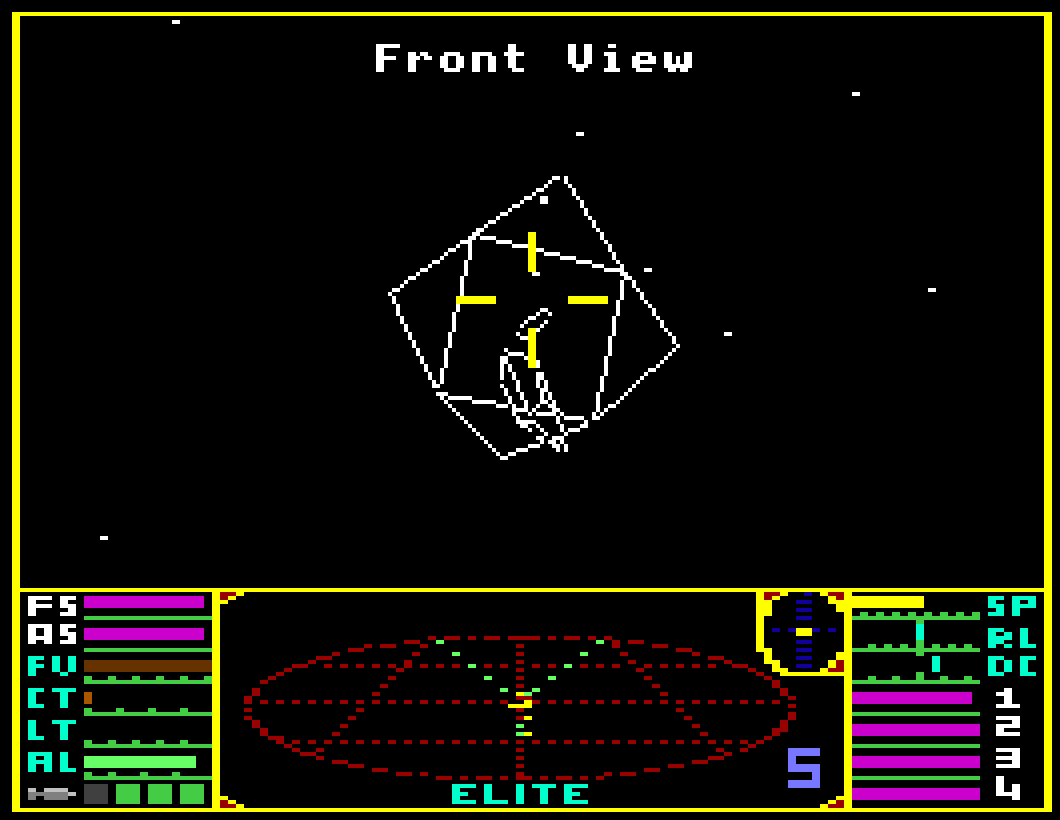
3. Elite
David Braben and Ian Bell's Elite was a marvel when it was released in 1984, cramming eight entire galaxies into a tiny home computer using clever algorithmic tricks, and giving players an immense volume of space to explore as they tried to reach the fabled rank of Elite. Impressive as it was, it's a mere trifle compared with the latest version, Elite Dangerous, with its 1:1 scale galaxy based on the Milky Way, complete with beautifully realised stars and planets; even better, Frontier actively manages the Elite Dangerous universe and is constantly dropping in new things for its players to discover.
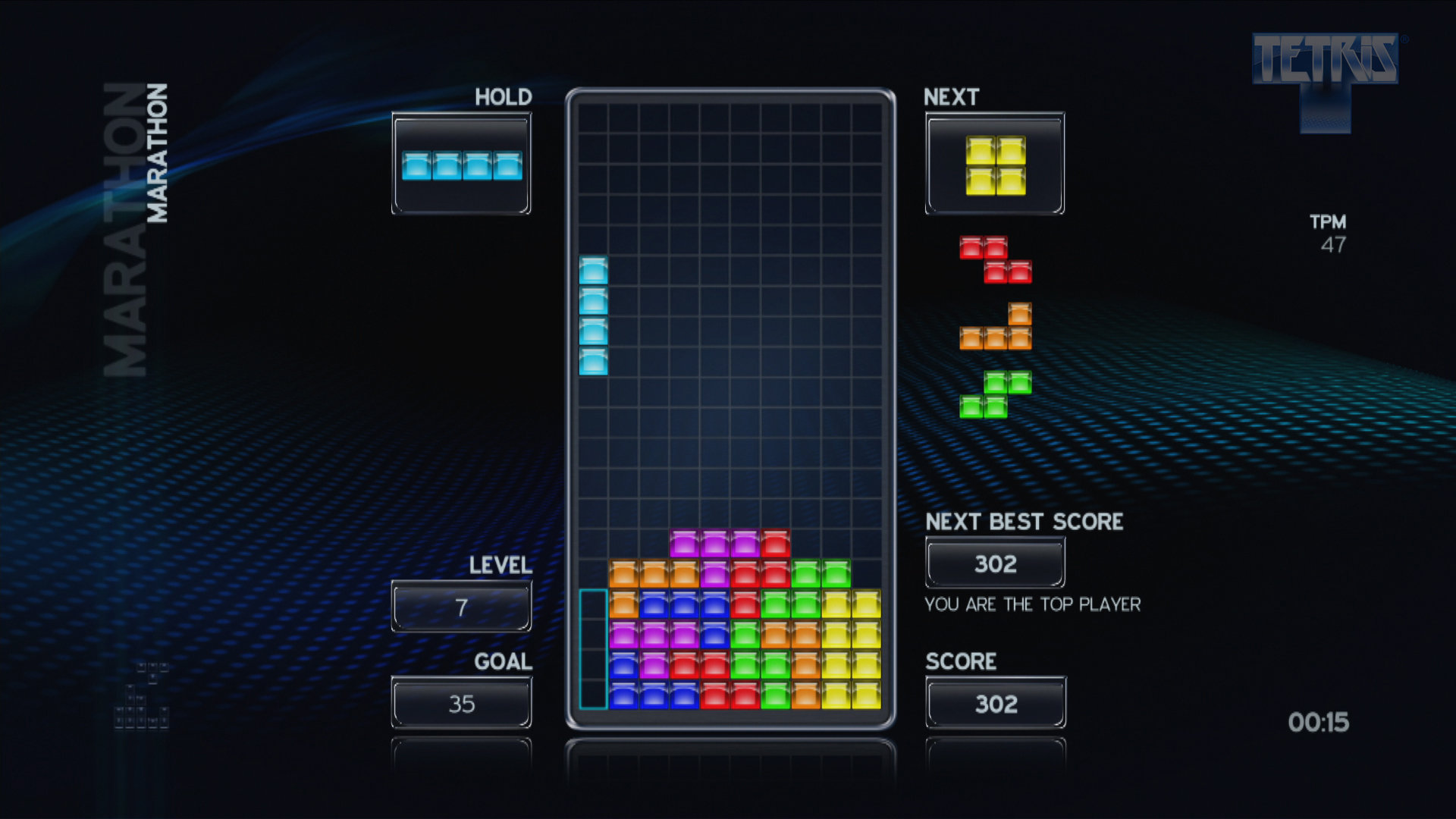
4. Tetris
The simplest games can often be the best, and this is especially true of Tetris. There are just seven types of four-block shapes – Tetronimos – to drop into place, with the aim of creating unbroken lines across the playing area that then disappear and drop all the blocks above them down a line, but things can become pretty complex very quickly. In its original form the game is simply about preventing your stack of blocks reaching the top of the screen, and even when it's ramped up to maximum speed it’s still possible to hit a sort of Zen state and keep clearing those blocks away indefinitely.
Keep up to date with the most important stories and the best deals, as picked by the PC Gamer team.
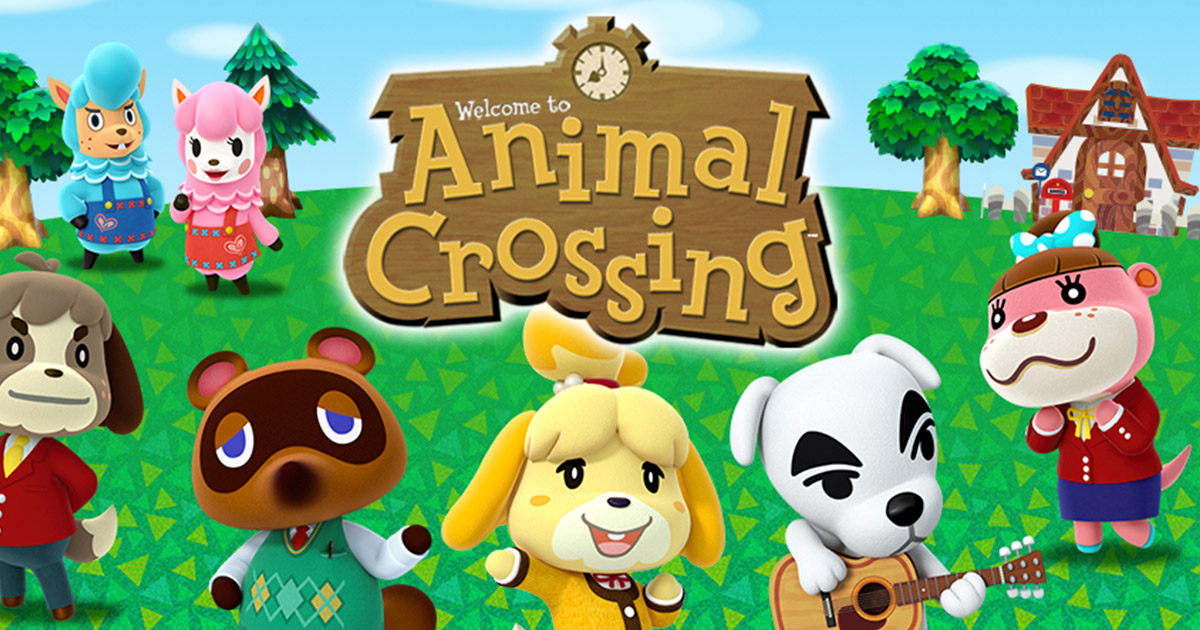
5. Animal Crossing
Not so much a game as a community simulation, the Animal Crossing series places you in a rural village populated by anthropomorphic animals and more or less leaves you to get on with it – growing plants, fishing, hunting for fossils and socialising with the residents, all played out against a real-time clock. Its stroke of genius, though is how it immediately puts you in hock to the local shop owner, Tom Nook, who kindly gives you a mortgage with which to buy your house, obliging you to keep on earning bells – the game's currency – to pay him off. And of course, he's always happy to lend you more bells to upgrade your home. The capitalistic fiend.

6. The Sims
The Sims isn't the first game to put you in charge of your own little computer people – that honour belongs to the appropriately-named Little Computer People, released by Activision for the Commodore 64 back in 1985 – but Electronic Arts ongoing series is one hell of a lot more sophisticated than its 8-bit predecessor. Originally released in 2000 and now on its fourth version, The Sims lets you create artificially intelligent people to play with, and basically do with as you wish, with no ultimate goal and unlimited possibilities.
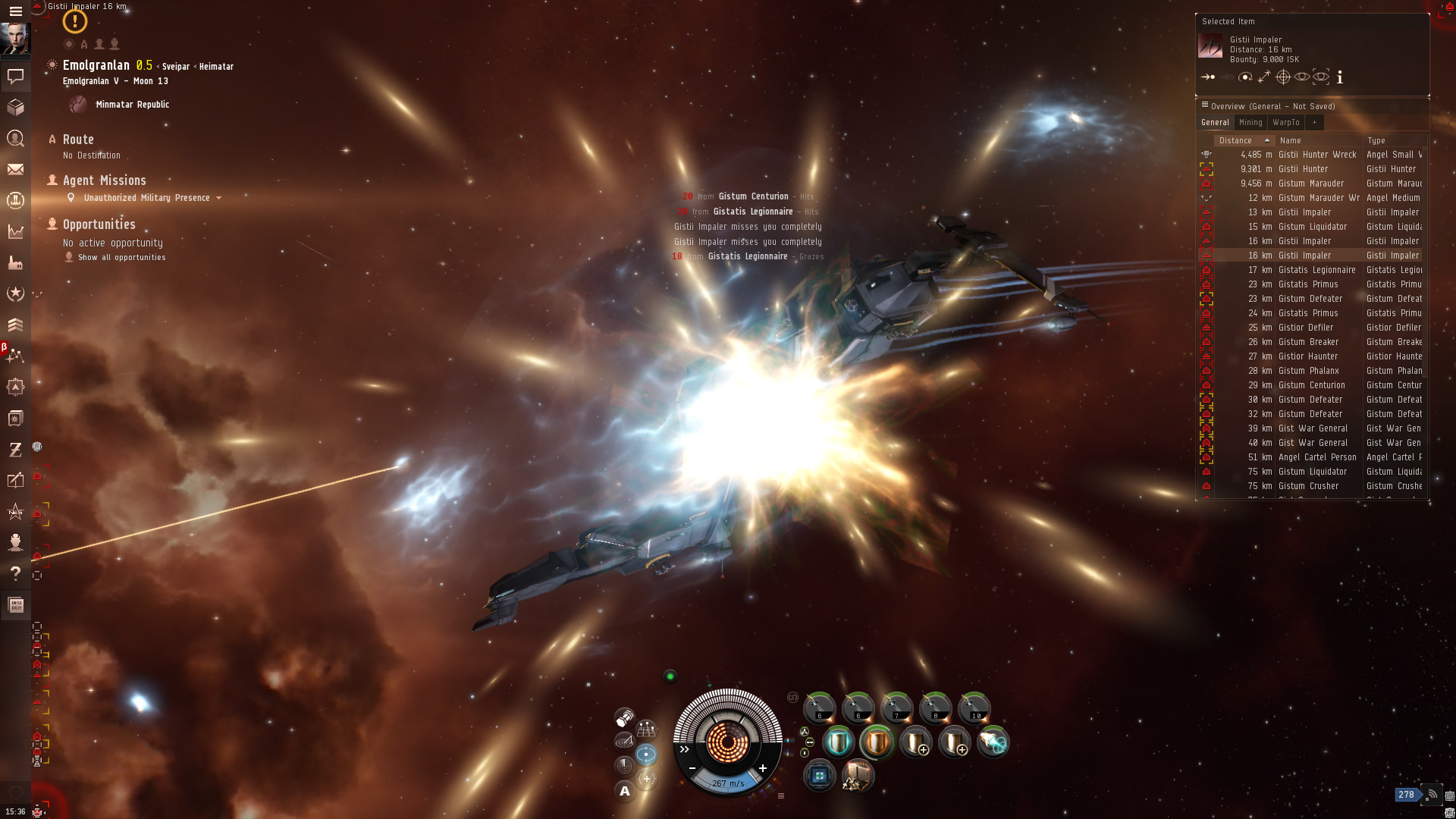
7. EVE Online
First released in 2003 and with 7,800 star systems in its universe, EVE Online is a massively multiplayer online role-playing game with the emphasis of the massive. Having had 14 years to grow and develop, it's become quite staggeringly complex, with its own economy and political system and any number of player-controlled corporations and alliances, plus vast numbers of ships and weapons, many of which change hands for serious in-game money. EVE Online is one of those games that can dominate its players' lives completely; mind you don't get sucked in too deeply.
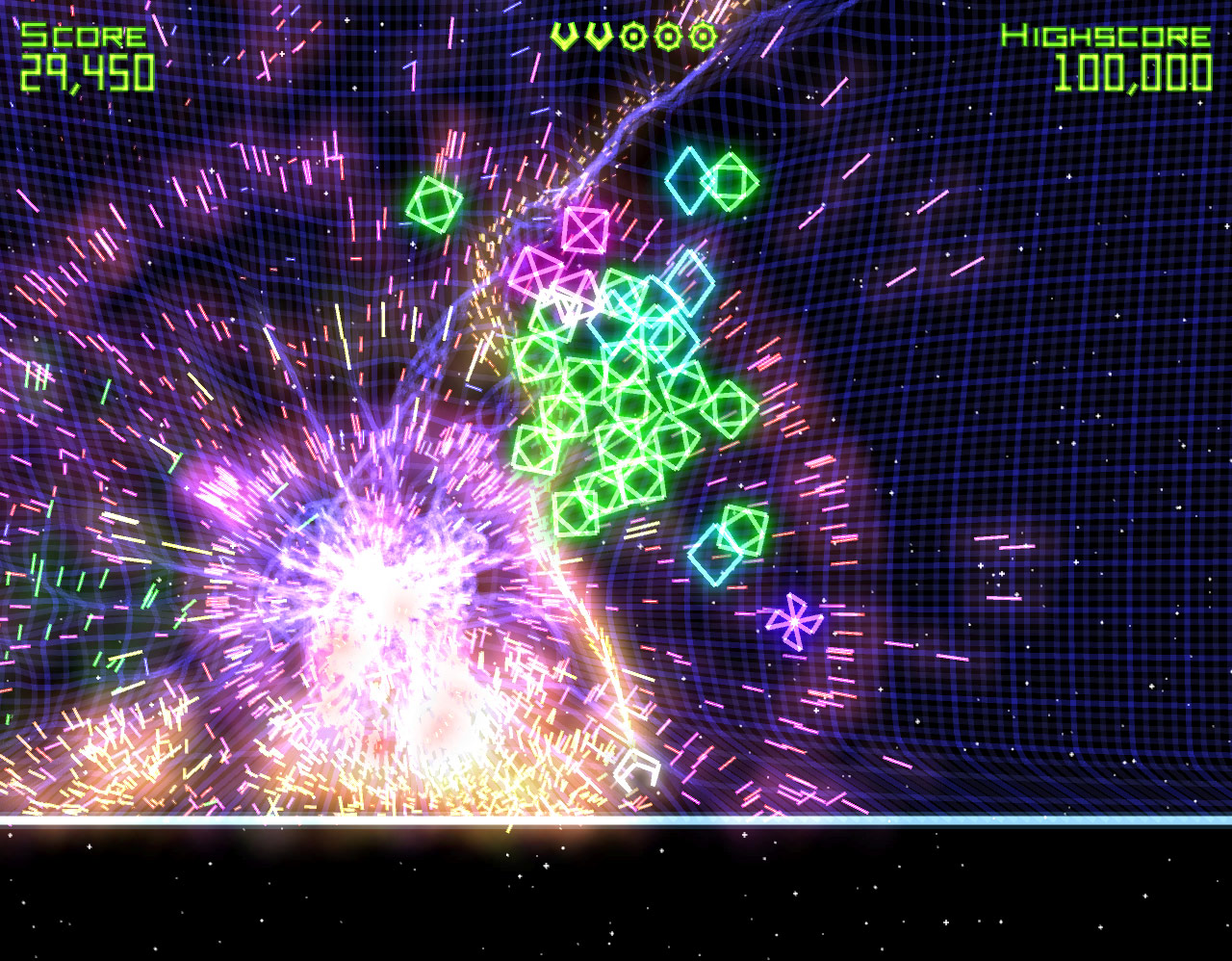
8. Geometry Wars: Retro Evolved
Geometry Wars first appeared as an Easter egg in Project Gotham Racing 2 on the Xbox, as an arcade game in your virtual garage that you could have a go on if you fancied a break from tearing around in supercars. It was then enhanced and released on its own for the Xbox 360, as Geometry Wars: Retro Evolved, a sort of neon space Robotron with a handful of enemy types, each with their own behaviour patterns, that keep on coming at you in ever-greater numbers. It starts slow, then starts ramping up the numbers to the extent that the play area becomes filled with enemies and the Xbox starts to struggle with the sheer volume of stuff on-screen. Brutal, but completely exhilarating.

9. World of Warcraft
Not quite as old as EVE Online – it was first launched in 2004 – World of Warcraft has become the go-to MMORPG thanks to its enormous game world that's roughly 100,000 square kilometres in size, and a never-ending array of things to do there. With plenty of races and factions to choose from, and any number of quests to undertake and stuff to discover, it's easy to see why its appeal never seems to wane; back in 2014 Blizzard announced that over more than million accounts had been created over the game's lifetime, and you can be sure that many more have been created since then.

10. Audiosurf
The big problem with designing a never-ending game is ensuring that there's enough variety to keep players coming back; you can use clever algorithmic techniques, keep adding more enemies or just make them harder to kill, but ultimately it's hard to ensure that things don't become too repetitive, especially in a single-player game. Audiosurf gets around this by letting your music generate its levels: feed it a tune and it'll turn it into a multi-lane highway filled with coloured blocks to collect, all synchronised to the audio. It's very clever and it works exceptionally well; half the fun lies in finding songs in your collection that turn into the best levels.
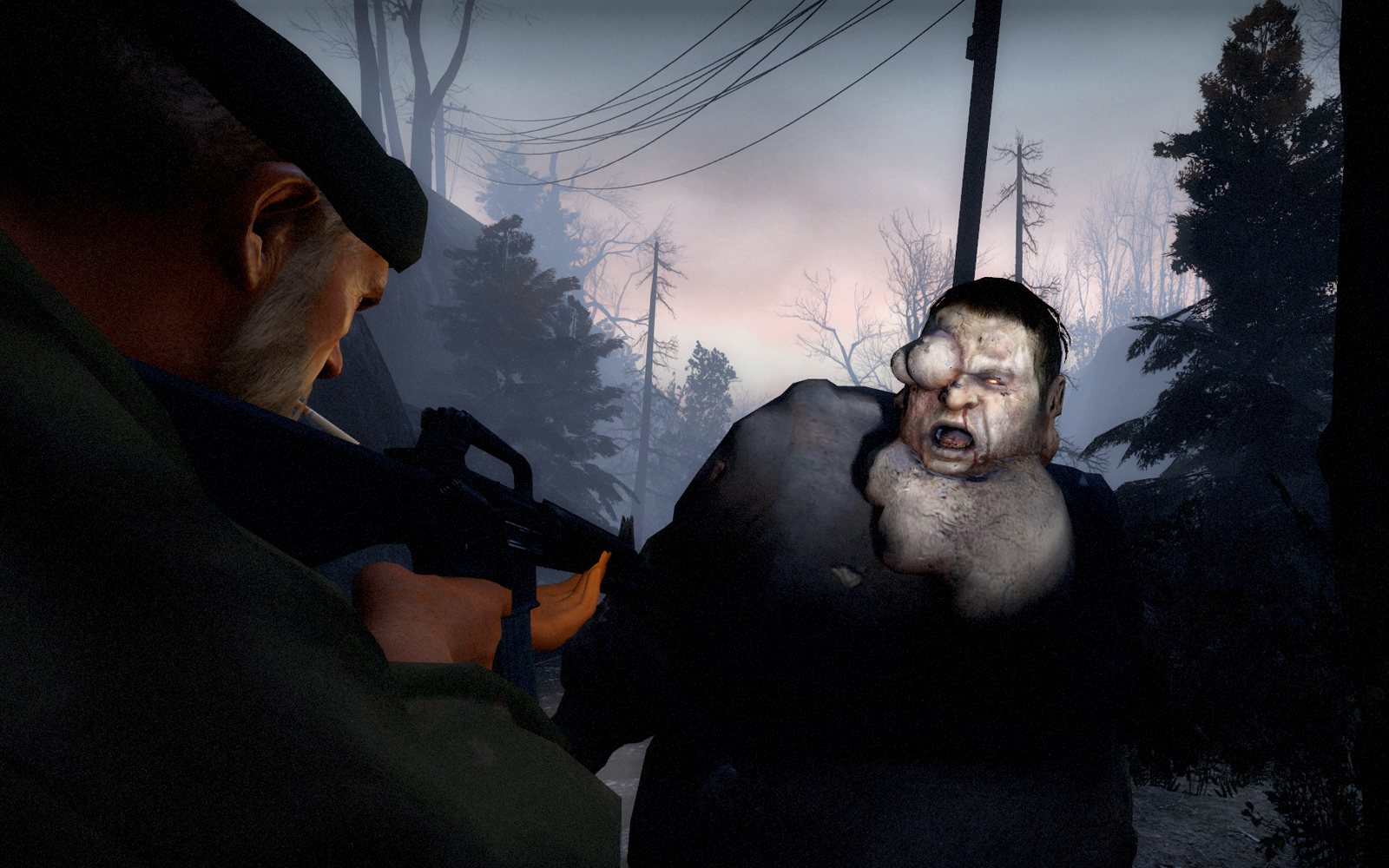
11. Left 4 Dead
Come the zombie apocalypse you can be sure of one thing: you're unlikely to run out of zombies to kill, since everyone who gets killed by a zombie will swiftly join their ranks. Which makes it the perfect subject for a never-ending video game, as is borne out by Left 4 Dead. Its main campaign, of course, has a very definite ending, but its Survival mode – added as DLC in 2009 – gives you the proper zombie apocalypse experience: just you and your friends against an infinite supply of the infected. Stay frosty.
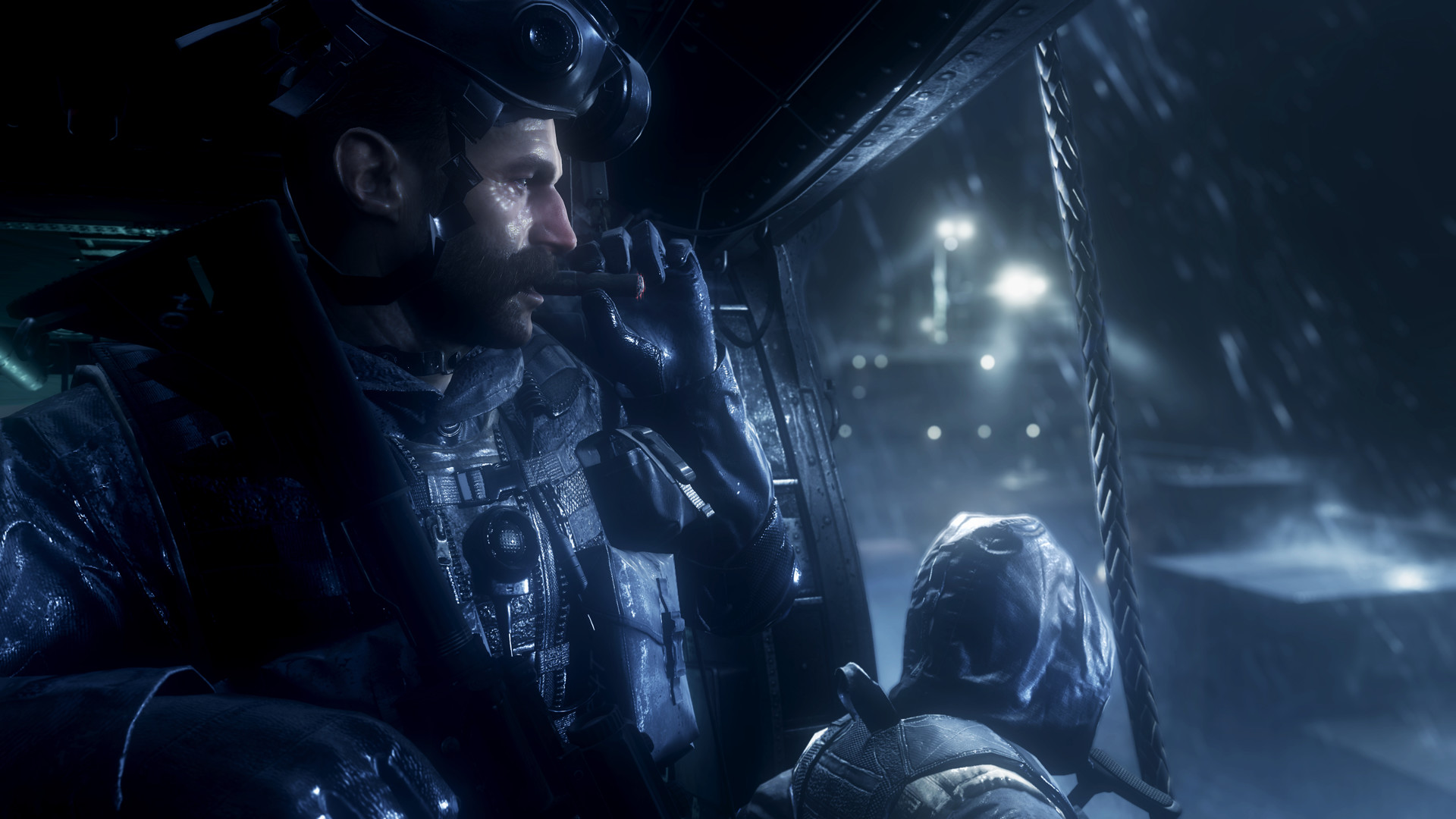
12. Call of Duty: Modern Warfare
Multiplayer gaming's been around ever since Pong, but it only really came of age once we all got fast internet connections and could play against – or team up with – other people from around the globe, and the likes of Modern Warfare are what helped to make it so universally popular. Modern Warfare's single player campaign's great, but we all know it's all about the multiplayer mode, and specifically Prestige Mode: maxing out your experience level and restarting at level one but with a special symbol so that everyone knows you're not to be messed with.
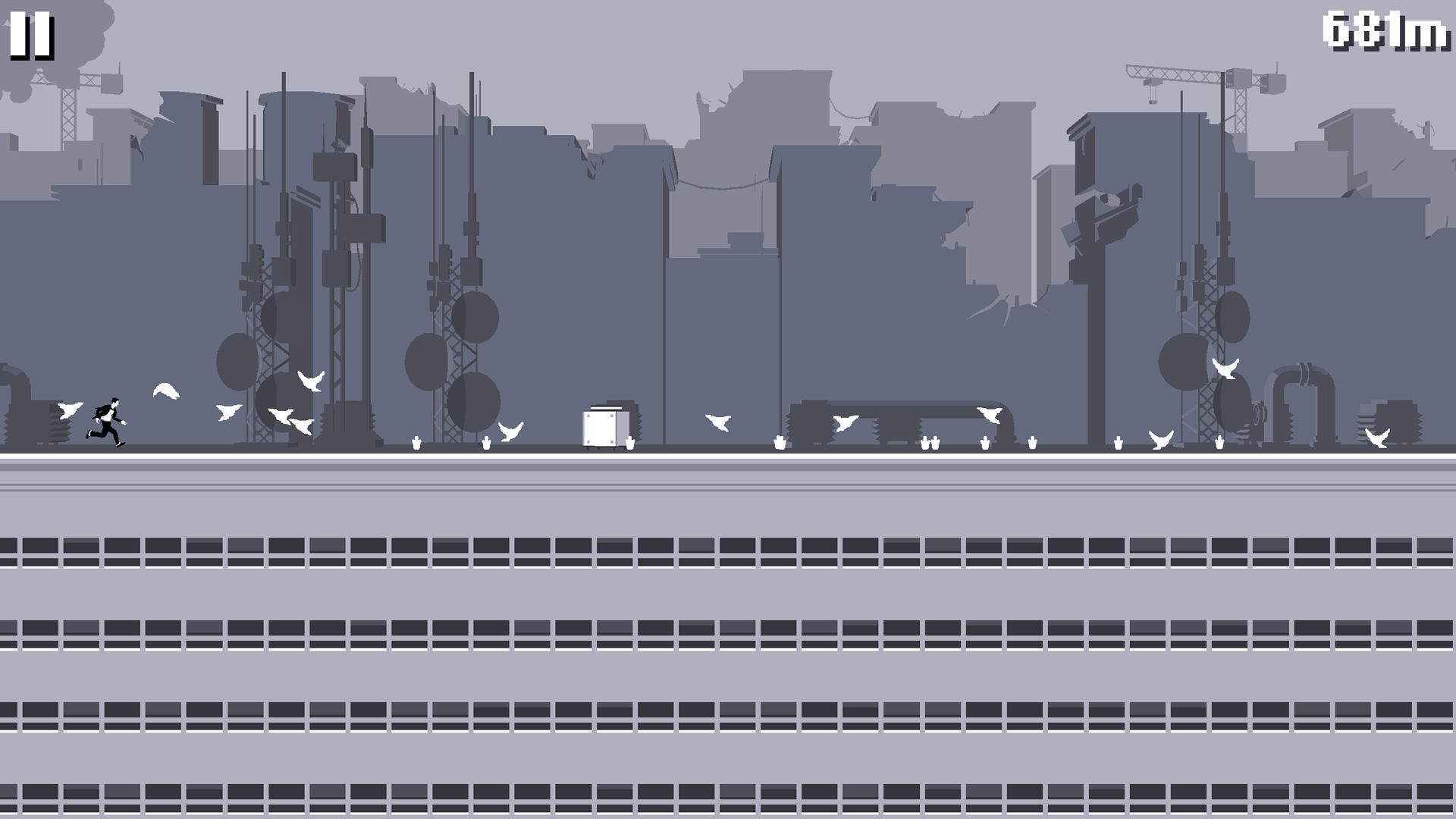
13. Canabalt
Endless runners are a fairly recent thing, and while it's hard to tell whether Canabalt is the original, it's certainly the one that kick-started their popularity. Originally made as a Flash game and then converted to iOS, Android and other platforms (there's even been a version made for the Commodore 64), it's gloriously simple: run across the rooftops, building up speed, and hitting the jump button – the only control – to leap between buildings and avoid obstacles that'll slow you down. You could run forever, but it's only a matter of time before you tumble to your death.

14: Minecraft
There's no need to explain what Minecraft is or why it's so popular, we're all so familiar with its ways by now. What you might not realise, though, is just how big it is. If you've ever set out on the PC version to try and find the edge of the world, you're in for a long journey: each world – generated algorithmically from a random seed number – is 30,000 blocks in both length and width, which translates into something like eight times the surface area of Earth, or roughly the same as the planet Neptune. So you're unlikely to ever get to see it all, even before you start digging beneath the surface.
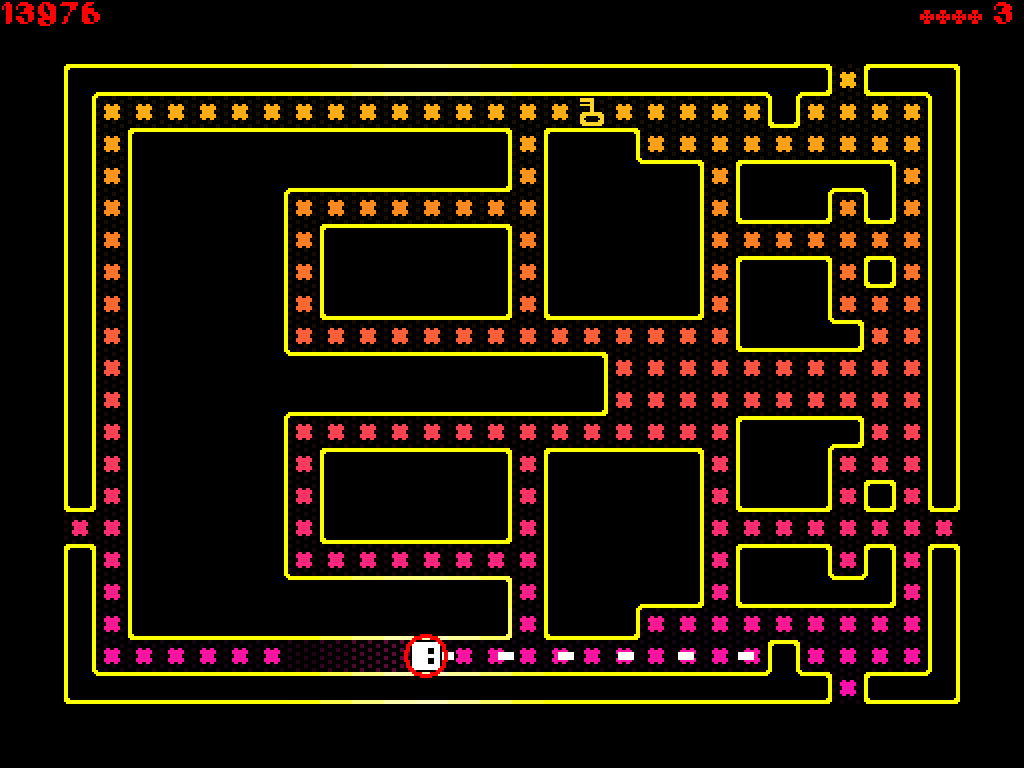
15: Forget-Me-Not
More of a cult hit than a bestseller, Forget-Me-Not is the work of Australian developer Brandon Williamson, mixing a little-known type-in program called Crossroads 2 with the ever-popular mechanics of Pac-Man, with just a touch of another endless classic, the ancient, randomly-generated dungeon crawler, Rogue. Forget-Me-Not builds its levels randomly, fills them with weird monsters, and sets you off to collect flowers and unlock the exit, with the brilliant extra touch that you can grind the walls to build up speed and kill monsters (at the risk of overcooking it and exploding). If you fancy giving it a try, Brandon explains more and provides links to all its versions here: http://nyarlu.net/Forget-Me-Not/

16: Dark Souls
All right, it's not endless as such, but Dark Souls can often seem so, especially when you’re repeatedly facing off against Ormstein and Smough for the first time. And yes, when you finally finish off Gwyn that's quite definitely the end; except then you can start again in NG+ mode, with slightly tougher enemies and more souls to grab. In all you can loop around the game seven times with increasingly hard-to-kill enemies, and even then you won't have seen everything that its world has to offer, or grasped the entirety of its deliberately minimalist lore. And then there's its multitude of possible character builds and item interactions… endless enough for you?
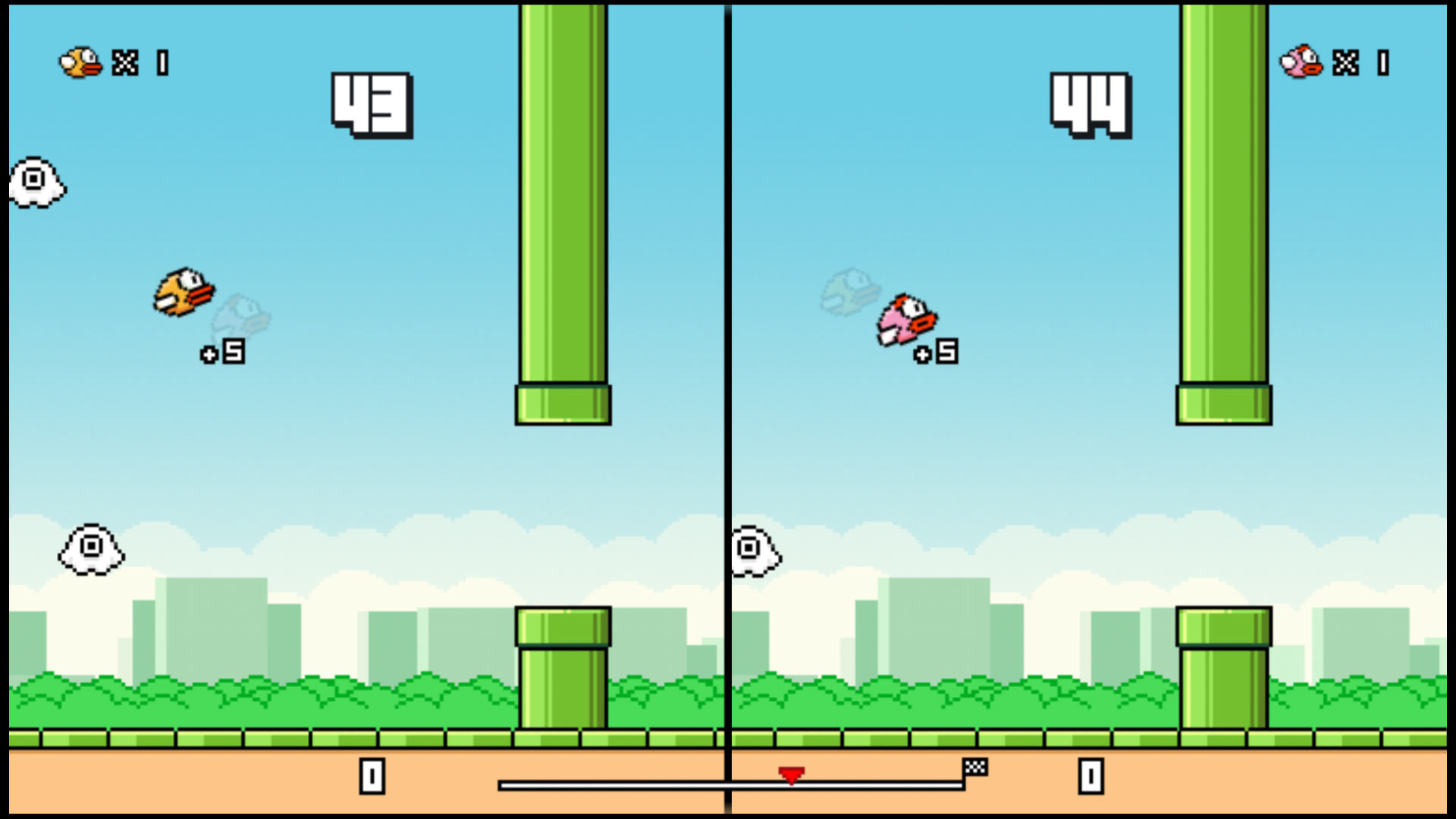
17: Flappy Bird
We’re sorry. Everything about Flappy Bird is bad – its graphics, its ham-fisted execution, its idiotic difficulty level and so on – and yet there’s something about its very dreadfulness, perhaps combined with its open-endedness, that makes it particularly appealing to a certain cross-section of gamers. Perhaps they see it as an especially hardcore challenge, or maybe they’re just masochists; who are we to judge?

18: Super Crate Box
For an up-to-date take on old-school arcade-style action that lasts as long as you can stay alive, Vlambeer's Super Crate Box is well worth a look, dishing out plenty of non-stop action. Like all the greats it's dead simple – run and leap around a single screen, grabbing weapons from crates as they appear and using them to wipe out enemies as they make their way down from the top of the level. If they manage to reach the fire pit at the bottom they'll re-appear at the top of the screen, red, furious and fast, and the game's over as soon as you take a single it. Beautifully simple and increasingly frenetic, it's a must for anyone who appreciates the challenges of classic gaming.
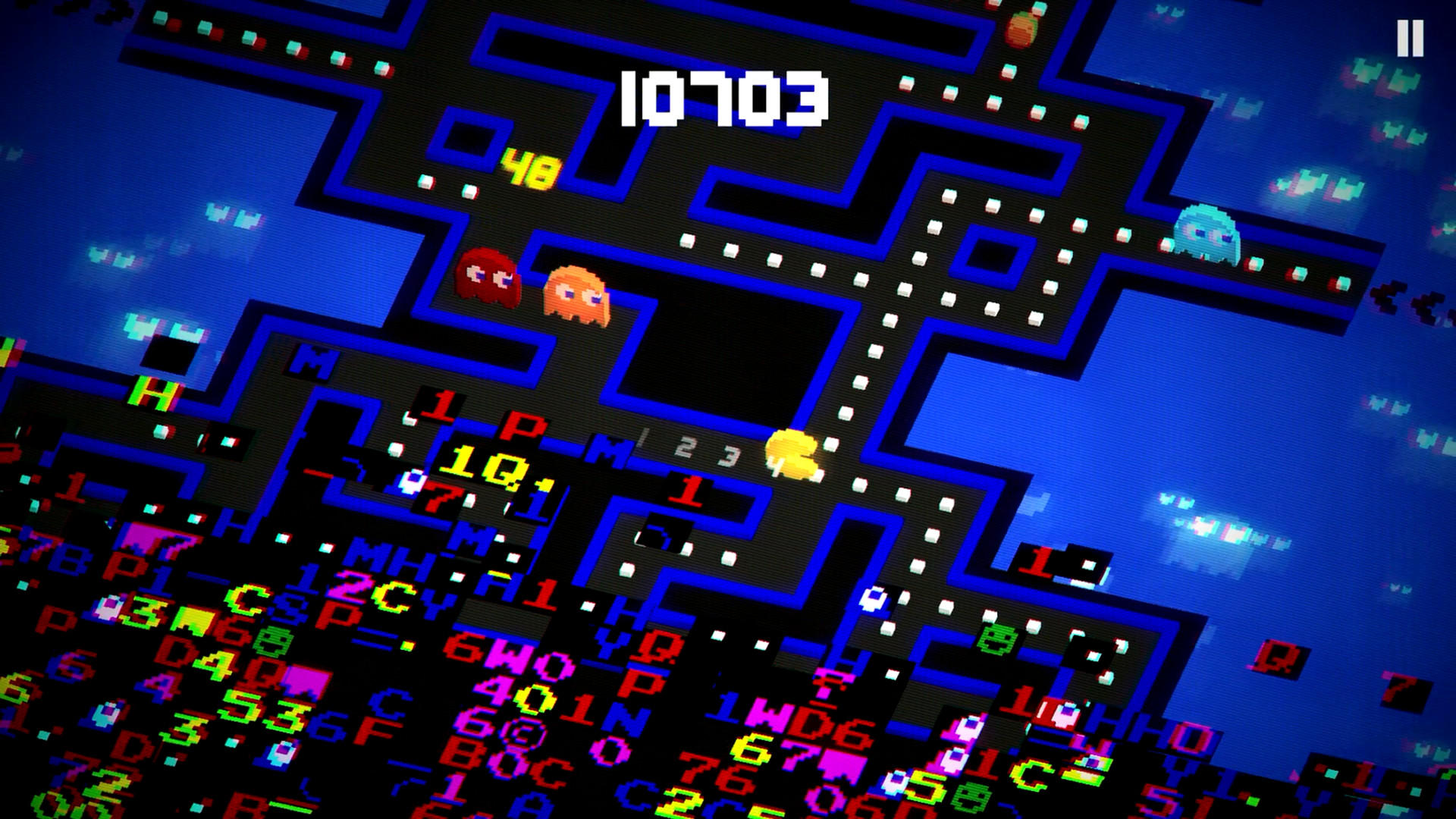
19: Pac-Man 256
The reason that the original Pac-Man arcade game isn’t in this list is because it comes to an ignominious end if you manage to reach level 256, at which point, due to a bug in the game, half the screen glitches out, making it impossible to continue. Which is a shame; however the level 256 glitch provides the inspiration for the more recent Pac-Man 256. Created by the same team responsible for the Frogger-inspired endless hopper, Crossy Road, Pac-Man 256 turns the classic arcade game into an endless experience, in which the yellow dot muncher is forever pursued by an all-consuming wave of glitch.
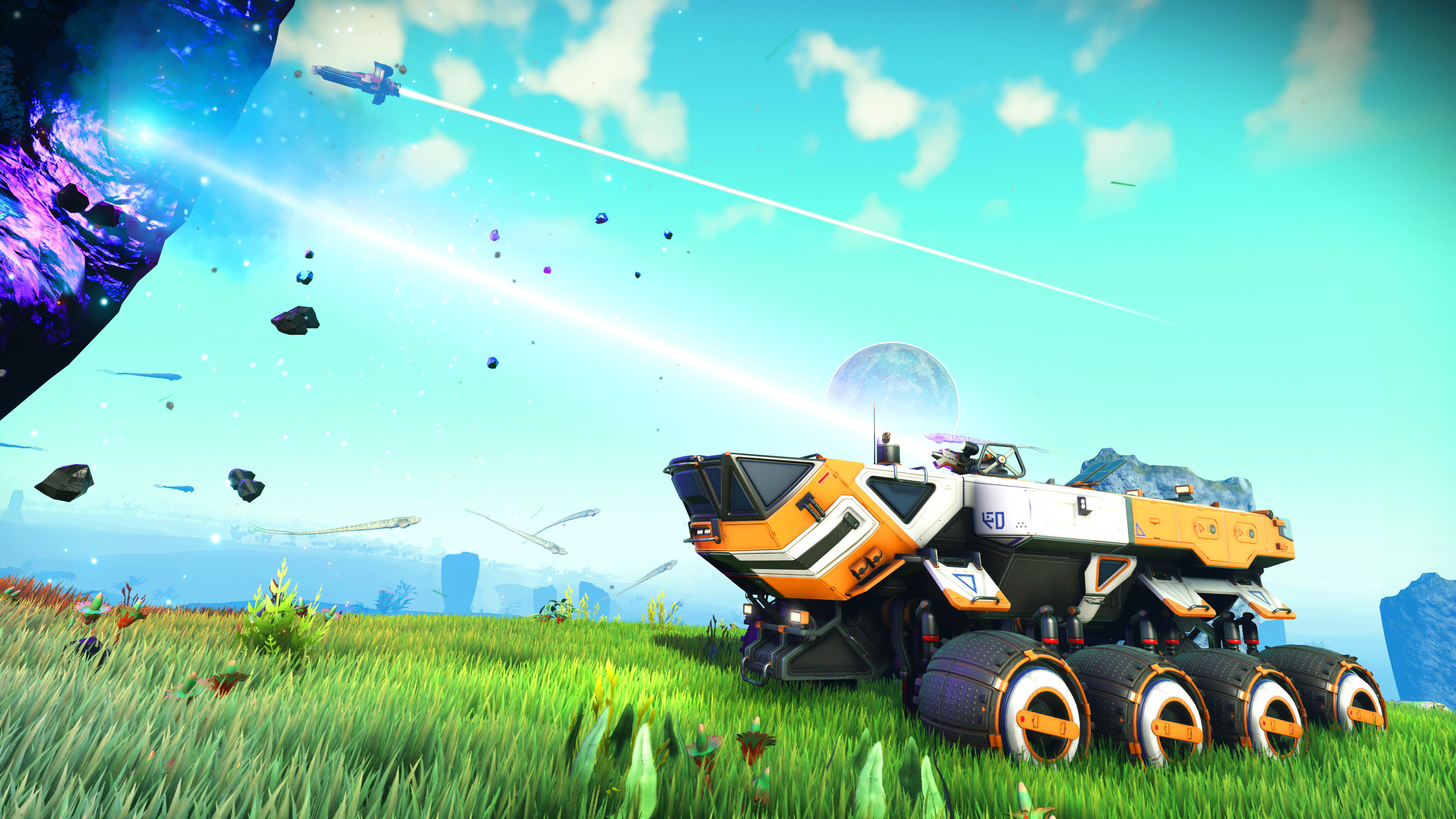
20: No Man's Sky
Hello Games' No Man's Sky promised – and delivered – an entire galaxy, but despite that the finished product left a lot of gamers feeling disappointed. And it's not hard to see why: with 18 quintillion procedurally-generated planets, things are bound to get a bit repetitive after a while, and that's exactly how things turned out. No Man's Sky couldn't match people's stellar expectations, and fans turned on it in their droves. The game's Foundation update improved matters with the ability to create bases and buy interstellar freighters, as well as adding an open creative mode and more challenging survival mode, but still didn't quite deliver enough things to do for more action-focused gamers. Still, if you’re in the mood to simply chill out and enjoy the never-ending scenery, No Man's Sky is hard to beat.
Want to win an amazing new Logitech GG903 mouse and POWERPLAY wireless charging system? Head here for your chance to win and learn more about the ultimate in wireless gaming performance, design and technology.
Sponsored by Logitech

